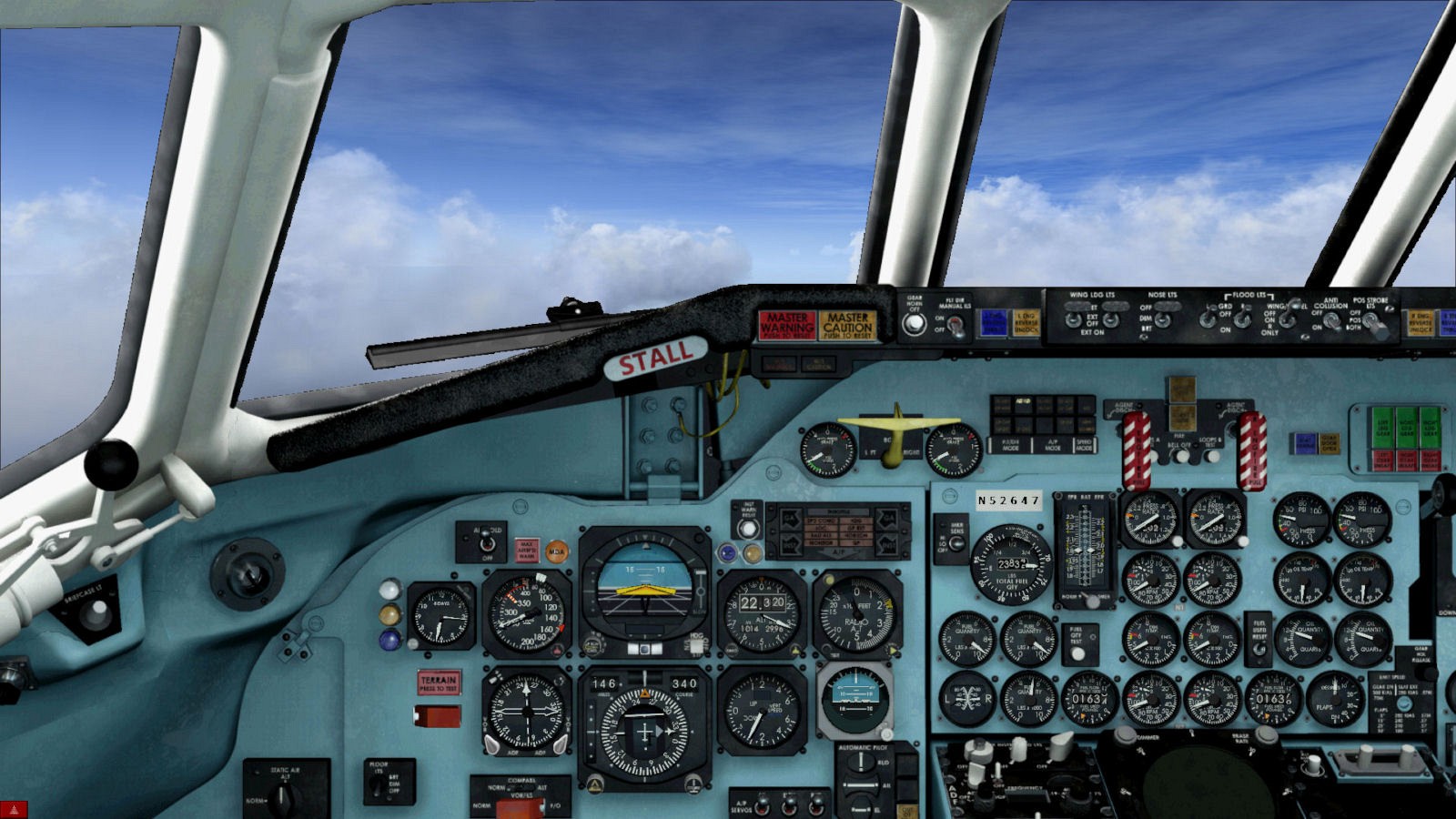Zapphod Beblebrox
Inventor of the Pan Galactic Gargle Blaster
For discussion:
https://www.ainonline.com/aviation-...versight-pilot-automation-training-questioned
https://www.oig.dot.gov/sites/default/files/FAA Flight Decek Automation_Final Report^1-7-16.pdf
FAA LACKS AN EFFECTIVE PROCESS TO ASSESS HOW PILOTS MONITOR AIRCRAFT PERFORMANCE AND MAINTAIN MANUAL FLYING SKILLS
FAA does not have a sufficient process to assess a pilot’s ability to monitor flight deck automation systems
and manual flying skills, both of which are important for handling unexpected events during flight. In addition, FAA is not well positioned to determine how often air carrier pilots manually fly aircraft. FAA has also not
ensured that air carrier training programs adequately focus on manual flying skills.
Seems the FAA and Aircraft engineers and designers have a dilemma. The more automated the more the pilot skills deteriorate. Who would-a thunk that would happen.
Way back almost 30 years ago my first airliner looked like this. I was actually on the other side of the airplane.

It had a compass, vor, adf and a clock. I was never so good at hand-flying as I was on that airplane. Now I fly an Airbus. I have been on that airplane for over 10 years. Every once in a while, we both have to ask ourselves "what's it doing." Why did it do that? What's the problem? If you input bad data it will get a little messy with the Bus. The auto pilot is too good. We fly a lot of RNAV departures so it is mandatory to use the auto-pilot at 500ft after takeoff.
To achieve the required RNP you have to leave the auto pilot on. To keep proficiency you have to hand fly a lot. The FAA and manufacturers are running in the opposite direction with regards to keeping up pilot skills. In the old days we had more space, Airways were not that narrow and traffic was not sequenced that close.
RVSM requires very accurate handling at altitude and we keep the auto pilot on above FL290.
It doesn't seem that hand flying skills and automation are heading in the same direction. Instead the FAA publication says we have to watch the automation more. That will put you to sleep quickly. Last trip LAX to IAD. Got direct Charlie West (HVQ) (red-eye flight) while still over California. Yep I watched that green line real close. Can't think of a quicker way to fall asleep. ( I didn't, but it was tough)
https://www.ainonline.com/aviation-...versight-pilot-automation-training-questioned
https://www.oig.dot.gov/sites/default/files/FAA Flight Decek Automation_Final Report^1-7-16.pdf
FAA LACKS AN EFFECTIVE PROCESS TO ASSESS HOW PILOTS MONITOR AIRCRAFT PERFORMANCE AND MAINTAIN MANUAL FLYING SKILLS
FAA does not have a sufficient process to assess a pilot’s ability to monitor flight deck automation systems
and manual flying skills, both of which are important for handling unexpected events during flight. In addition, FAA is not well positioned to determine how often air carrier pilots manually fly aircraft. FAA has also not
ensured that air carrier training programs adequately focus on manual flying skills.
Seems the FAA and Aircraft engineers and designers have a dilemma. The more automated the more the pilot skills deteriorate. Who would-a thunk that would happen.
Way back almost 30 years ago my first airliner looked like this. I was actually on the other side of the airplane.

It had a compass, vor, adf and a clock. I was never so good at hand-flying as I was on that airplane. Now I fly an Airbus. I have been on that airplane for over 10 years. Every once in a while, we both have to ask ourselves "what's it doing." Why did it do that? What's the problem? If you input bad data it will get a little messy with the Bus. The auto pilot is too good. We fly a lot of RNAV departures so it is mandatory to use the auto-pilot at 500ft after takeoff.
To achieve the required RNP you have to leave the auto pilot on. To keep proficiency you have to hand fly a lot. The FAA and manufacturers are running in the opposite direction with regards to keeping up pilot skills. In the old days we had more space, Airways were not that narrow and traffic was not sequenced that close.
RVSM requires very accurate handling at altitude and we keep the auto pilot on above FL290.
It doesn't seem that hand flying skills and automation are heading in the same direction. Instead the FAA publication says we have to watch the automation more. That will put you to sleep quickly. Last trip LAX to IAD. Got direct Charlie West (HVQ) (red-eye flight) while still over California. Yep I watched that green line real close. Can't think of a quicker way to fall asleep. ( I didn't, but it was tough)
